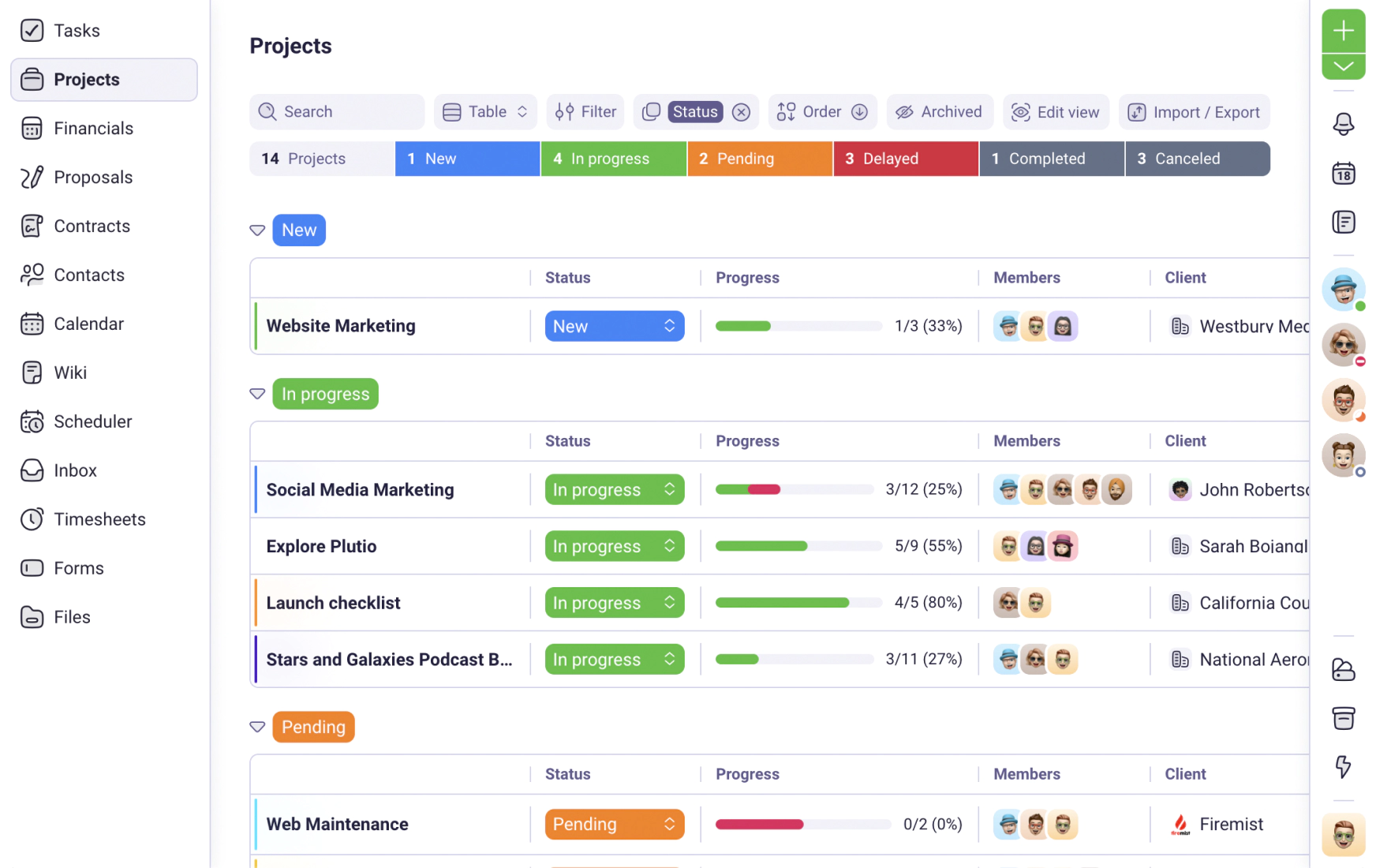We use cookies to personalise and enhance your experience.
These days, acquiring new clients is no longer limited to our physical location.
If you have a well-optimized portfolio website, clients can find you through relevant search queries. They can send email inquiries, set up a meeting via Zoom or Skype, and exchange digitally signed contracts.
Is Making a UX Design Portfolio Necessary?
Your portfolio is much better than your CV in communicating to potential clients what you're capable of doing. Multidisciplinary designer Michelle Dipp also added that an online portfolio is an excellent way to showcase your design styles and the kind of brands you work with.
But whether you have a digital CV or an online portfolio, or both, it's crucial to highlight what you can do.
8 Top Tips for Your UX Design Portfolio
Since a UX design portfolio, you first need to ask yourself what you should include in your UX design portfolio. When you're creating your portfolio, here are the top tips that you should incorporate in it.
1. Opt for a web-based portfolio
Nowadays, it's better to build yourself a website rather than create a document for your portfolio, even if it is a digital document. There will still be companies that will ask you to send a PDF of your portfolio.
However, having a running personal website where you can showcase your work has a whole different impact.
Besides, you might be able to showcase some of your skills through the website you have itself before they even get to the contents of your portfolio.
Another reason why you might want a web-based portfolio is because of how much easier it is to lead someone to it.
Having an online presence makes your work discoverable. Thus, increasing the potential of acquiring clients.
2. Pay attention to your portfolio cover page
If you're creating a physical portfolio or even a digital document as your portfolio, pay attention to your portfolio's cover page.
If you're the kind who sends email pitches, keep in mind that your cover page may be the one that will help grab the attention of whoever is looking to hire you. This rule is especially crucial for physical portfolios.
Even with a web-based portfolio, the cover page or the above-the-fold content of your website is something that you should pay attention to. The goal is to ensure that whoever is on your website would keep reading.
3. Create an About Me page
With a portfolio, your work and experience are usually front and center. But if you have a web-based portfolio, introducing yourself and your previous works can be straightforward.
Your About Page is an excellent medium to introduce yourself. It is also where you can showcase your skills. Remember that although it's an About You page, you still need to keep in mind the content that a hiring manager wants more of.
4. Showcase your best works or projects only
Not every work that you've ever done is worth showcasing. You have to be particular about the projects that you're going to recommend so that you're always putting your best foot forward.
Besides showing your best work, you should also ask yourself whether this is the type of project you would want to work on again.
If a project fulfills both criteria, then they're worthy of being in your portfolio.
5. Share your process but keep it succinct
Your portfolio should include some case studies as well. However, don't treat this like a research paper, and make sure that you keep the details succinct.
Keep all the necessary details in it, and then edit it down until you're sure that it shouldn't take more than two minutes to read through your case studies.
6. Illustrate your process
You can also take the time to illustrate your work process when working on a UX design project. Illustrating your method will help make it easier for a hiring manager or potential client to picture what it's like to work with you. Plus, it helps show them that you're efficient enough to have a process around your work.
7. Display testimonials
To persuade a client to work with you even further, showcase some of the reviews you received from previous clients. Of course, you need a short 1-2 sentence review from your previous clients first, so make sure that you ask for them at the end of every project.
A testimonial will help add to your credibility and show people that previous clients are satisfied with the work you did.
8. Don't forget about other important details
Many UX designers integrate their online portfolio with business management software like Plutio. Doing so enables a designer to acquire clients through their online portfolio faster.
Another thing you shouldn't forget about would be to connect your social media accounts that you're active in and want to showcase.
Wrapping Up
The tips listed above should help you craft a UX design portfolio that has all the critical parts that will get you the clients you need.
Apply these when you're trying to tweak or create a better portfolio for yourself, and you should be able to attract more clients for this.
Have you tried Plutio yet?
The only app you need to run your business and get work done.
Try Plutio for FREESupercharge your business
The complete toolkit to run your business
The intuitive all-in-one solution to manage and collaborate on projects, share files, build forms, create proposals, get paid, and automate your workflow.
No credit card required


